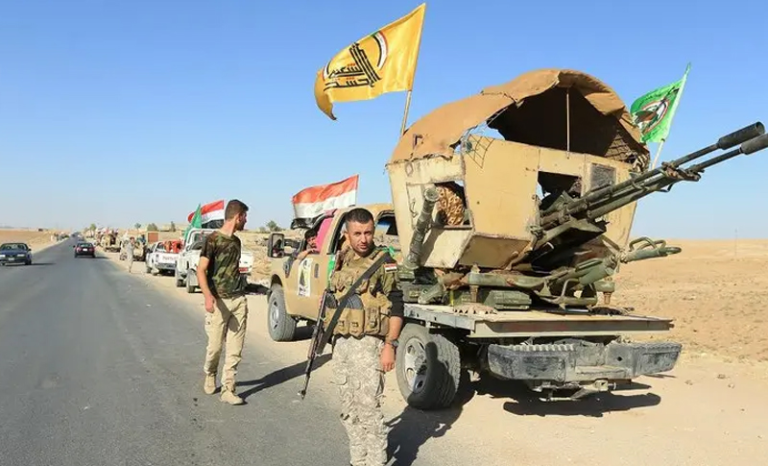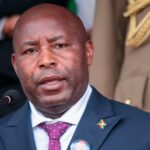Commanders and advisors from Iran’s elite Islamic Revolutionary Guard Corps are on the ground in Yemen and playing a direct role in Houthi rebel attacks on commercial traffic in the Red Sea.
The IRGC has stationed missile and drone trainers and operators in Yemen, as well as personnel providing tactical intelligence support to the Houthis. The IRGC, through its overseas Qods Force, has also overseen the transfer to the Houthis of the attack drones, cruise missiles, and medium-range ballistic missiles used in a string of strikes on Red Sea and Israeli targets in recent weeks.
The Houthis say that its military operations are designed to aid the Palestinian militant group, Hamas, which has been locked in a three-month war with Israel. The Pentagon said the Houthis struck a U.S.-owned and -operated container vessel, the M/V Gibraltar Eagle, in the Red Sea, but caused no significant damage. The Houthis fired a second anti-ship ballistic missile into the southern Red Sea, the U.S. Central Command said, but it “failed in flight and impacted on land in Yemen.”
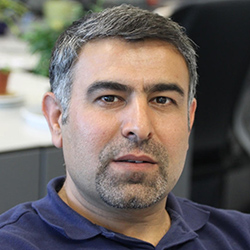
The IRGC’s overall presence inside Yemen is overseen by Gen. Abdul Reza Shahlai (Abdul Reza Shahlai;Abdol Reza Shahlai;Abdul Reza Shala’i;`Abd-al Reza Shalai;`Abdorreza Shahlai;Abdolreza Shahla’i;Abdul-Reza Shahlaee;Hajj Yusef;Haji Yusif;Hajji Yasir;Hajji Yusif;`Yusuf Abu-al-Karkh’), 66 or 67 years old, a Tehran-based commander. He is a financier and key commander of Iran’s elite Quds Force who has been active in Yemen.
American intelligence believes Shahlai is deeply involved in Tehran’s overseas terrorist operations through his role as the Qods Force’s deputy commander.
This includes a role in overseeing an unsuccessful 2011 Iranian plot to assassinate Saudi Arabia’s then-ambassador to the U.S., Adel al-Jubeir, at a Washington, D.C. restaurant. Shahlai helped oversee IRGC attacks against U.S. military personnel in Iraq over the past two decades.
The IRGC’s ground presence in Yemen, and role in directing strikes against Western targets, risks fueling a direct confrontation with the U.S. as the Israel-Hamas war in the Gaza Strip grinds on.
Tehran began significantly ramping up its military support for the Houthis in the mid-2010s, when the Yemeni militia and political movement engaged in a war with Saudi Arabia and the United Arab Emirates. The Houthis share Iran’s Shiite faith and antipathy to these regional Sunni powers, but had previously been a poorly funded and equipped military force. Today, it has an advanced armory of attack drones and cruise and ballistic missiles that have allowed the Houthis to seriously disrupt global traffic through the Suez Canal and Bab-el-Mandeb Strait and attempt strikes on targets as far away as Israel’s Eilat port.
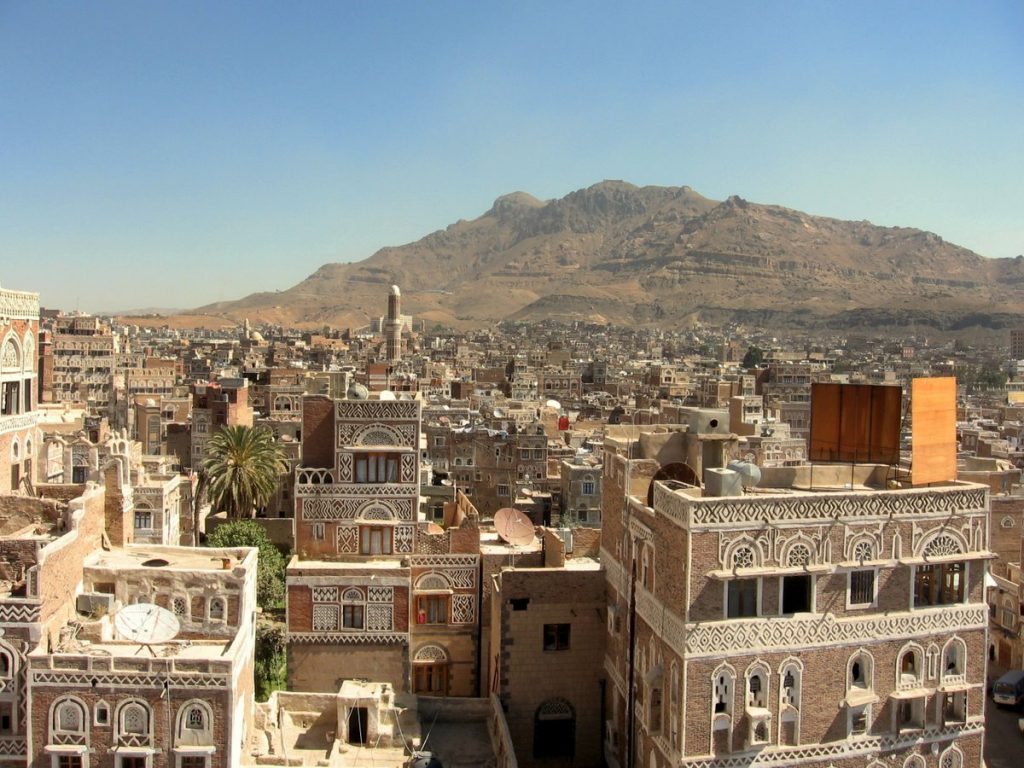
More on this story: Regional powers influence on the ongoing war in Yemen
Iran has developed the Houthis into a central cog in Tehran’s regional alliance system, known as the Axis of Resistance ((mehvar–e moqâvemat in Farsi), which includes Hamas in the Palestinian territories, the Hezbollah in Lebanon, entire branches of the Syrian Armed Forces, Shia militias in Afghanistan, Azerbaijan, and Bahrain Hezbollah in Lebanon, and Iraqi and Syrian militias. This system allows Iran to project military power well beyond its borders, while also providing some deniability of involvement in military or terrorist operations.
They fought a major war against Saudi Arabia and Yemen, and now they’re choking world shipping in the Bab-el-Mandeb [Strait] at a very low, price for Iran.
The U.S. believes the IRGC oversaw Hezbollah suicide bombings on American diplomatic and military targets in Lebanon in the 1980s. And the IRGC is accused of training Iraqi Shiite militias in the use of roadside bombs, known as IEDS, that were the largest cause of U.S. military deaths in Iraq. The U.S. government has also claimed that Shahlai oversaw a 2007 IRGC operation in the central Iraqi city of Karbala that resulted in the executions of five American soldiers.
Iran has voiced its support for the Houthis attacks in the Red Sea, claiming that they’re part of the Resistance Axis’ support for Hamas. But Tehran has denied any direct role in either the Houthis’ operations or Hamas’ October 7 attack on Israel.
The Houthis have also denied relying on Iran to conduct its attacks. “It’s strange to attribute everything to Iran as if it were the world’s strongest power,” a Houthi spokesperson told The Wall Street Journal last month. “We have intelligence facilities that have proven themselves over the years of aggression against us.”, he said.
Moscow has joined forces with Iran and its various Shia militia allies to defend the Bashar al-Assad regime against its opponents. Russia has not become militarily involved in the conflict in Yemen where Iran is supporting one group—the Houthi rebels—while Iran’s adversaries—Saudi Arabia and the UAE—are supporting their opponents. However, even though Moscow may not be militarily involved in Yemen does not mean that Russia is uninvolved.
With the exception of the two Sunni jihadist groups, Moscow has engaged with all the internal protagonists and the three main regional powers involved in the conflict: Saudi Arabia, the UAE, and Iran. Indeed, Moscow’s engagement with the various Yemeni factions supported by Riyadh, Abu Dhabi, and Tehran can be seen as part of Russia’s broader effort to build and maintain good relations with the Kingdom and the UAE on the one hand and the Islamic Republic—despite their mutual antagonism. The United States, as well as Arab Gulf governments, are concerned about Moscow’s friendly ties with the Iran-backed Houthis. However, Moscow was more interested in protecting Iran than the Houthis.
Russia has condemned Western airstrikes in Yemen targeting Houthi militants. Thus, Russia is providing Iran’s allies with cover to prolong the conflict. The Kremlin sought to portray itself as an opponent to impetuous Western aggression and attempts to position itself as the voice of moderation and regional stability are a sham, and in reality it sees aggression by Iran’s allies, including the Houthi, as something it can exploit. A wider conflict in the region would divert Western focus away from helping defend Ukraine from Russia’s invasion, and sap Western resources.
Putinist Russia avoided taking sides in the conflicts that have racked the Middle East, attempting to position himself as a power broker. In Yemen, Patrushev ties with both sides in the nine-year-long civil war that resulted in the Houthis seizing control of swaths of the country. He is committing to helping fuel the anti-American and anti-Israel sentiment in the Arab world and beyond.
But now that Putin sees a chance to damage the US and its allies, his support for Iran and its regional militias is more emphatic.
More on this story: Understanding the Houthi Ideology and its Consequences on Yemen, 2020
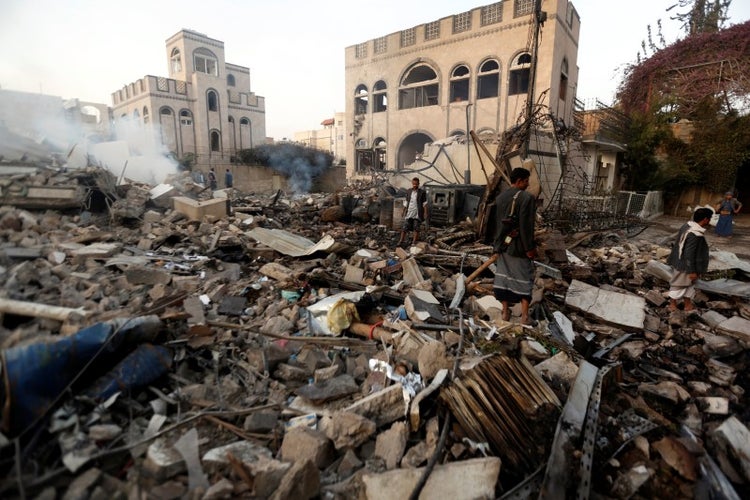
More on this story: The dead end of the Yemeni conflict


